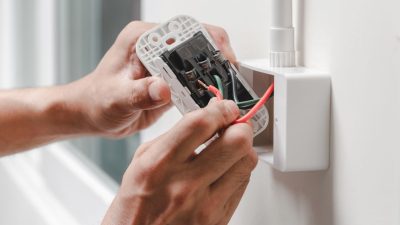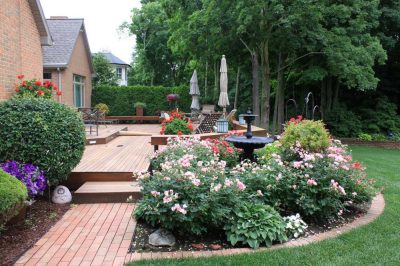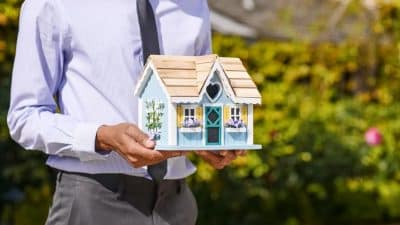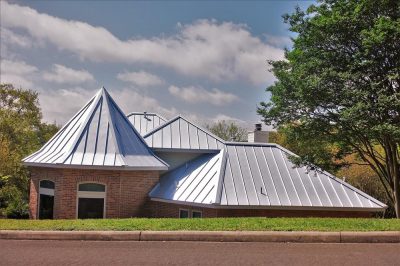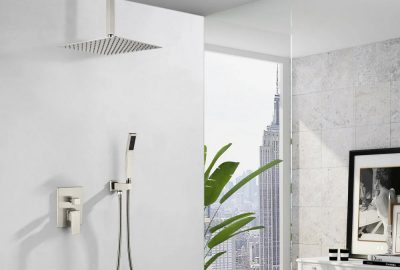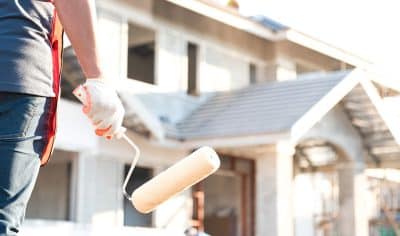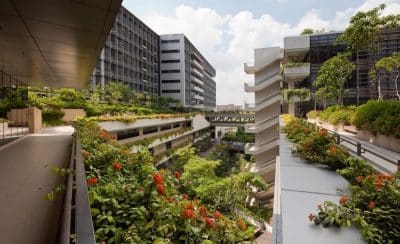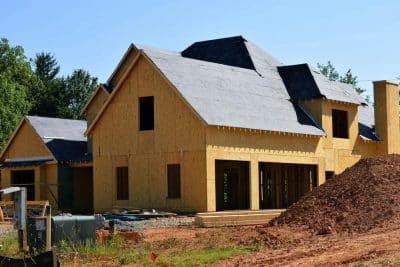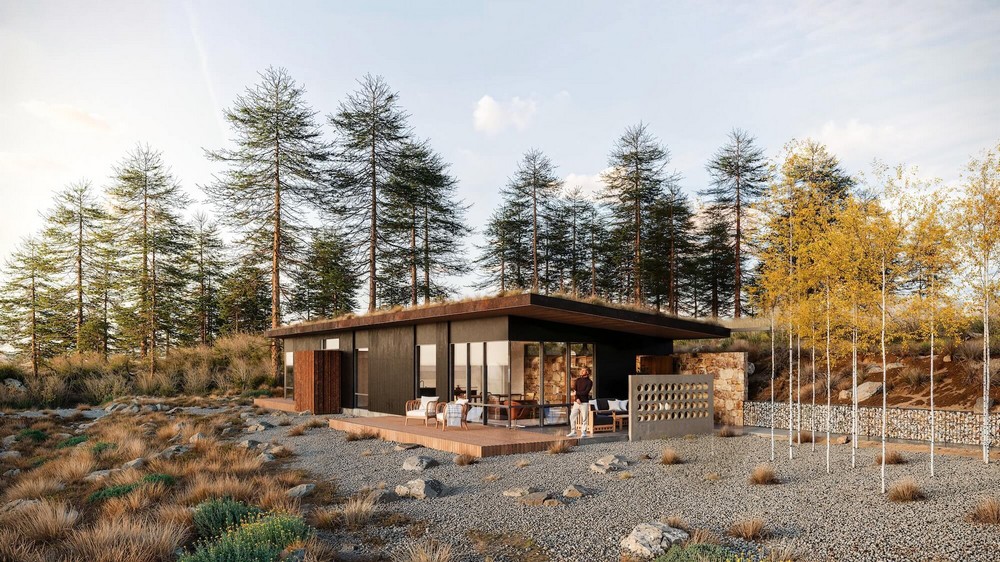
For many years, sustainable housing was too often seen as a niche pursuit; an idealistic and sometimes costly endeavor for those who were green-thumbed to the core. Now, the dialogue has turned on its head. What was once considered optional or even luxurious is now becoming essential. Sustainability in homebuilding has gone mainstream. It is no longer a vision of the future; it’s a practical reaction to current realities. Homeowners, architects, and builders are now aligning their values with a long-term focus on the health of people and the earth.
Why the Shift Toward Sustainability?
The demand for sustainable housing is increasing because several global and local factors are converging. Global warming continues to escalate, driving governments and citizens to meaningful change in the way buildings are conceived and operated. The escalating cost of energy is also driving homeowners to consider efficiency not only as an environmental concern but as a matter of financial necessity. Health is another issue; people are becoming more aware of how their built environments impact their well-being.
This shift is also supported by external systems. Regulations and building codes have developed to the point that they now demand higher performance standards. Financial incentives and rebates for upgrading to energy efficiency are now more accessible. Materials that were once hard to source or expensive to obtain are now readily available and competitively priced. In this context, sustainability is a standard, not a preference.
Designing for Performance and Longevity
True sustainability is not brought about through cosmetic changes but through deliberate, inclusive design. Companies such as Holos Architecture Design serve as an example of this dedication by focusing on passive techniques maximizing a building’s natural ability. Employing strategic orientation, thermal mass, and insulation minimizes reliance on mechanical heating and cooling systems. Natural daylighting and ventilation also help lower energy consumption and improve interior comfort.
This design strategy integrates thoughtful design elements like renewable or recycled materials; low-energy systems and water-efficient landscaping to honor local ecosystems. These are not aesthetic options; they’re performance-based solutions. Measurable outcomes, such as energy efficiency and water conservation, are the proof of success. Sustainability is infused from the initial stages of design, guiding decisions that make each project perform well over the long term, both functionally and environmentally.
Comfort, Health, and Beauty Can Coexist
A lingering misconception is that sustainable homes come without comfort, beauty, or personal style. Not only is this untrue, but the idea is fast fading away. Actually, sustainable design frequently improves the quality of life within a house. Today’s designers are aware that wellness is not separable from the built environment. Indoor air quality, off-gassing of materials, and natural light all affect how individuals feel at home. Factors, including operable windows, organic finish, and acoustically softened interior are both comfortable and appealing.
Contemporary sustainability integrates itself smoothly with modern design concepts (elegant lines, natural fabrics, and openness) resulting in houses that are both beautiful and nourishing. Rooms that welcome natural light, encourage air flow, and incorporate natural materials have a soothing emotional impact. These design decisions are both practical and sensory; an elevated form of living that benefits body and mind equally.
Endnote
Sustainable building is not about the future but about what we do today. As people become more aware of how their homes influence their lives and the environment, sustainability has become a value statement: care, responsibility, and quality for the long term.

